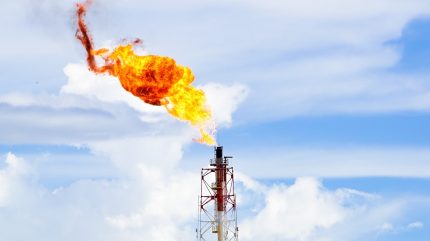
Operators of US oil and gas facilities need to reduce methane emissions by around 80% or more to achieve key industry goals.
The news comes after a series of aerial surveys conducted by the Environmental Defense Fund (EDF), a non-profit organisation.
Between June and October 2023, the EDF carried out approximately 30 flights over fossil fuel regions that represent nearly 75% of onshore oil and gas production in the continental US.
Data reveals that approximately 1.6% of total gas production is emitted as methane, roughly eight-times higher than the reduction targets set by initiatives such as the Oil and Gas Climate Initiative and the Oil & Gas Decarbonization Charter for 2030.
Under the new US Environmental Protection Agency (EPA) methane rules, operators are mandated to monitor, maintain and replace the equipment at oil and gas wells.
The agency’s Super Emitter Programme will use advanced detection technologies such as satellites and aerial surveys to identify and address methane emissions.
In a statement reported by Bloomberg, American Petroleum Institute vice-president of upstream policy Holly Hopkins said: “Our industry is working every day to meet growing energy demand while making significant progress in reducing methane emissions, and we can build on this progress through a sound EPA reporting framework, effective federal regulations and the deployment of advanced detection technologies.”
EDF’s findings also affect the US’ liquefied natural gas exports because emissions data may influence shipments to areas like the EU, where buyers will soon have to cover the cost of embedded pollution in imports.
The EDF survey examined parts of 12 major fossil fuel production areas including the Permian, Appalachian and Anadarko basins.
Emission rates across these basins ranged from 0.94% to 7.8%.
The study estimated a total methane emission rate of 860 tonnes per hour for these basins, more than four-times higher than the EPA’s 2020 gridded inventory data.



